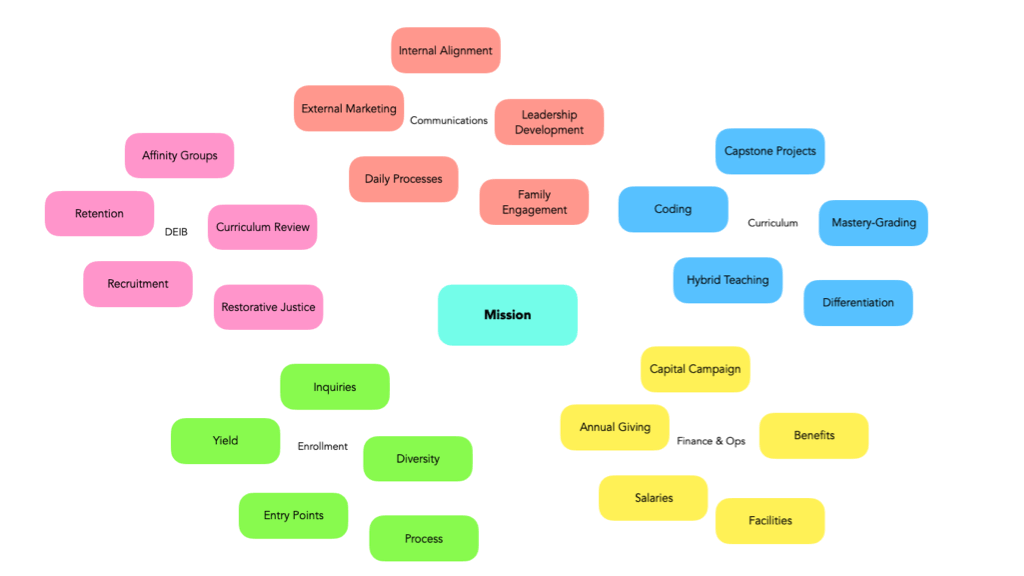Making the Case for Multiple Priorities
Reframe priorities that compete as ones that complement
The Brief Case 📚→💼→📈→📊
“The first step is to measure whatever can be easily measured. This is OK as far as it goes. The second step is to disregard that which can't be easily measured or to give it an arbitrary quantitative value. This is artificial and misleading. The third step is to presume that what can't be measured easily really isn't important. This is blindness. The fourth step is to say that what can't be easily measured really doesn't exist. This is suicide.”
— Daniel Yankelovich, "Corporate Priorities: A continuing study of the new demands on business" (1972).
The work of Daniel Yankelovich is often referenced in business schools, and the above passage offers solid footing for a newsletter dedicated to helping school leaders to see something that is difficult to measure, let alone discuss: the risk of failing to reframe multiple priorities in one’s school.
Adjusting initiatives or programs is part of any leader’s job, but eliminating items that have surfaced as important based on a belief that such removal will help better serve other priorities is a fallacy.
Having multiple priorities in schools is what Bill Burnett and Dave Evans would call a gravity problem. Like gravity, having multiple priorities is not something you can solve; it’s just a “situation, a circumstance, a fact of life,” best dealt with by acceptance and reframing.
📚 The Learning Case for Multiple Priorities
You can’t stop focusing on improving instruction because you suddenly have to address a challenge in the realm of DEI. Or if you’re facing an enrollment
Keep reading with a 7-day free trial
Subscribe to Making the Case to keep reading this post and get 7 days of free access to the full post archives.


